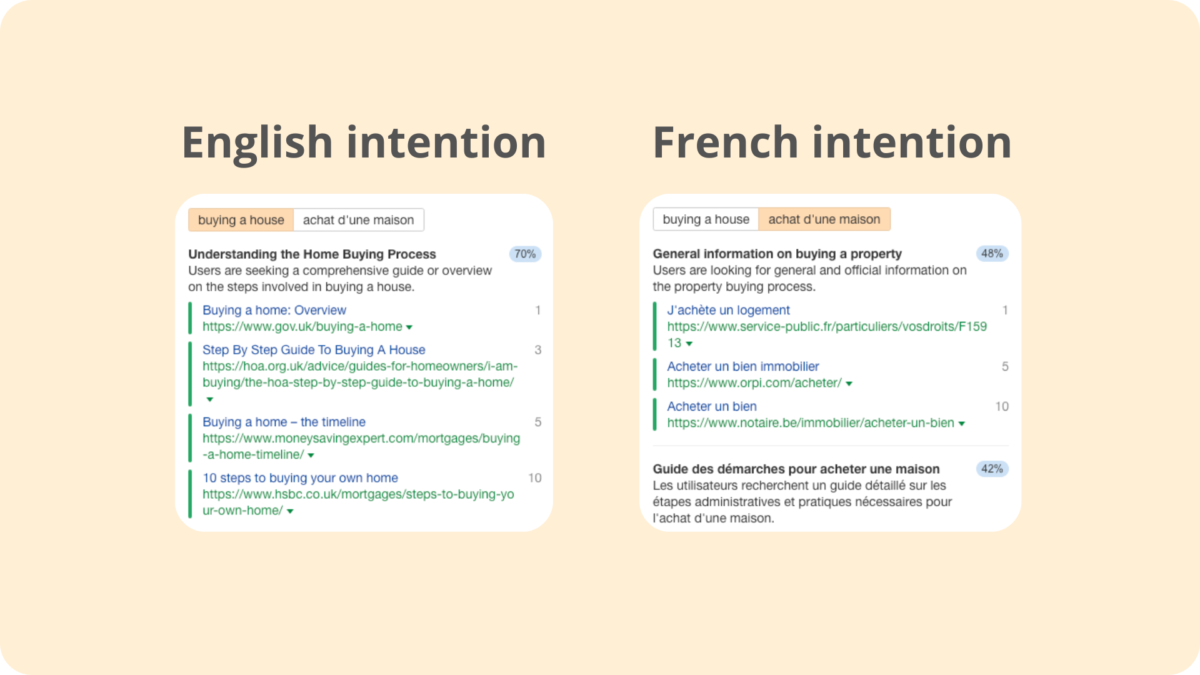Differences in search intent between countries

The search intent varies greatly by market and culture, research shows. Whereas users in one country search for a product or service immediately, others take time to gather information before making a decision. This has major implications for international SEO strategies. Learn how search intentions differ between markets and how to tailor your content strategy accordingly.
How search intent varies by market
In projects I have worked on, I have found that the way people search depends heavily on factors such as consumer behavior and economic conditions.
In English-speaking markets such as the U.S. and the U.K., searches are often transactional, such as “Buy Best Laptop. In Germany, I often see informational searches, such as “Which laptop suits me? Asian markets, such as Japan, value extensive product reviews and detailed specifications before making a purchase.

Search intent in three different markets
During this research, Google Search Console and other SEO tools looked at searches within three markets: the United States, Germany and Japan. Using tools such as the Google Keyword Planner and Ahrefs, I discovered the following patterns:
In the United States, there is a focus on quick decision making. Many searches here include terms such as “Buy Now” and “Best Price. In Germany, one notices that searchers take their time and look for comparisons. For example, they search on terms such as “Best laptop under 1,000 euros. In Japan, there is a great emphasis on reliability and quality. Searches like ‘Durability of [product]’ are common there.
Experience shows that a uniform SEO strategy rarely works well because users in different markets have completely different expectations and search patterns. So local optimization is essential to accurately match search intent.
How do you tailor your SEO strategy by market?
To maximize search intent, your content must align with the expectations of your target audience. I have found that companies that tailor their content to the customer journey by market achieve better results. Think conversion, obtaining leads or sales on the website.
In markets where searchers do more research, such as Germany and Japan, extended product descriptions work well. In the U.S., a direct call-to-action is often more effective.
Doing thorough keyword research by market is recommended because market-specific keywords play a crucial role in how content is found and understood by users. What is a common term in one country may have a completely different meaning in another and therefore be less common.
Thoroughly researching and testing keywords by market is recommended. Cultural preferences should also not be underestimated: Japanese expect detailed specifications, while American consumers are more likely to rely on reviews and ratings. Adjust keywords accordingly.
In summary: The importance of a market-specific approach
My research shows that search intent varies significantly by market and companies need to tailor their SEO strategy accordingly. Doing local research, adapting your content to the customer journey and taking cultural preferences into account will increase your visibility and conversions. Companies that take cultural preferences seriously achieve significantly better results in international markets.






